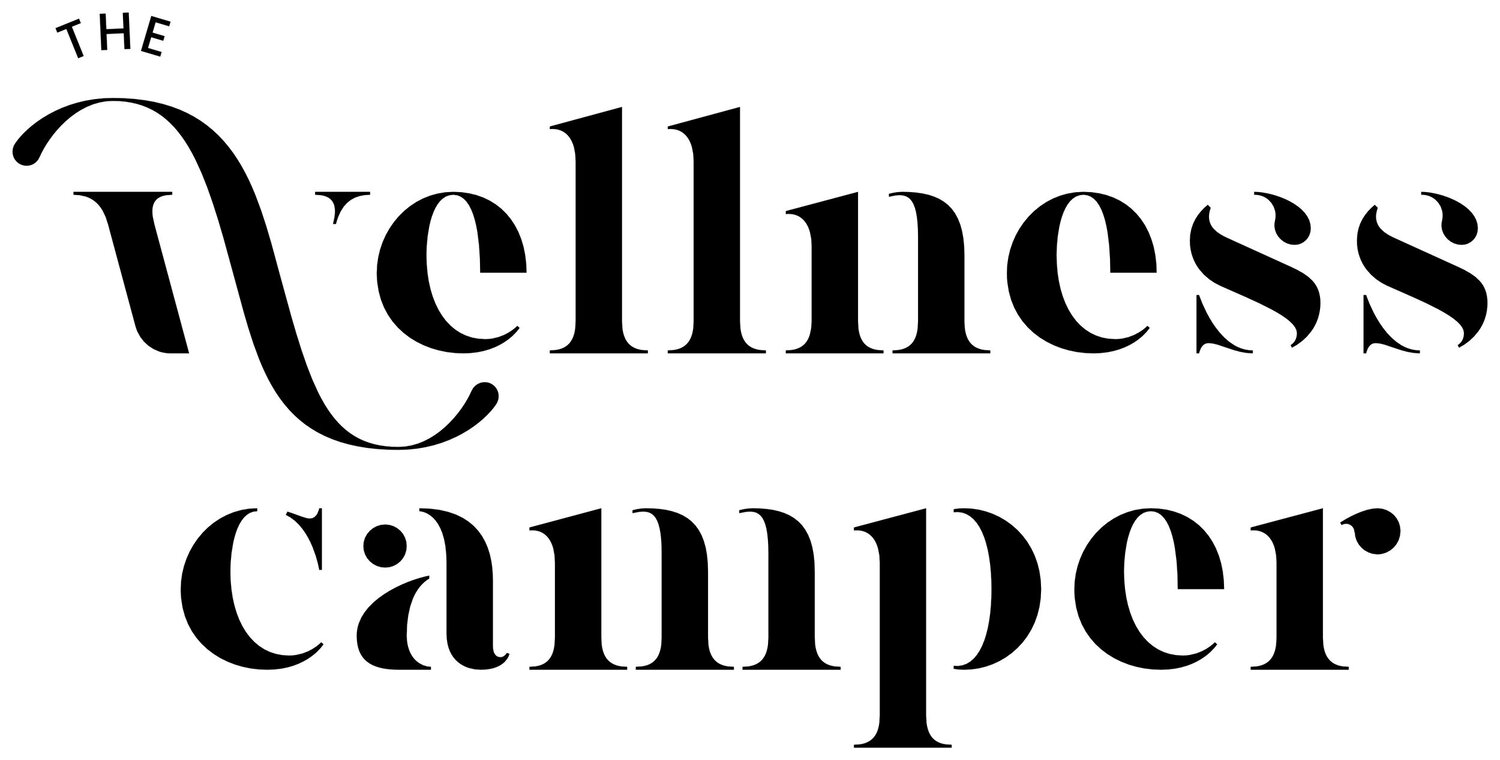Fears & Phobias
Phobias are persistent, excessive, unrealistic fear of an object, person, animal, activity or situation. It is a type of anxiety disorder. A person with a phobia either tries to avoid the thing that triggers the fear, or endures it with great anxiety and distress.
Some phobias are very specific and limited. For example, a person may fear only spiders (arachnophobia) or cats (ailurophobia). In this case, the person lives relatively free of anxiety by avoiding the thing he or she fears. Some phobias cause trouble in a wider variety of places or situations. For example, symptoms of acrophobia (fear of heights) can be triggered by looking out the window of an office building or by driving over a high bridge. The fear of confined spaces (claustrophobia) can be triggered by riding in an elevator or by using a small restroom.
People with these phobias may need to alter their lives drastically. In extreme cases, the phobia may dictate the person's employment, job location, driving route, recreational and social activities, or home environment.
- Harvard Health Publishing
Dream it.
Imagine the GOOD feeling of liberating yourself from fears of closed spaces, darkness, injections/needles, snakes, spiders, heights, flying, water, public speaking, being in a romantic relationship, travelling…
If you can IMAGINE it (i.e. using your mind to visualize it) then it can be done. And we will teach you all the science behind it!
Heal it.
Systematic Desensitization Protocol developed by Dr. Joseph Wolpe will be integrated in the programming regarding fears and phobias.
This protocol has been awarded as one of the most effective behavioral therapy based on the principle of classical conditioning.
Grow it.
While identifying the origins of fears and/or phobias, and rehabilitating mental health are important, the need to sustain the program’s positive changes are equally as crucial.
A deep dive into sustaining wellness driven lifestyle habits, as well as the inclusion of post-session self hypnosis practices and take-home therapeutic material will be introduced in accordance to the clinical program offerings.
